Disclosure: Please note that some links are affiliate links, and at no additional cost to you, we earn a commission if you make a purchase.
If you would like to support this website in some way, using these links will help do exactly that.
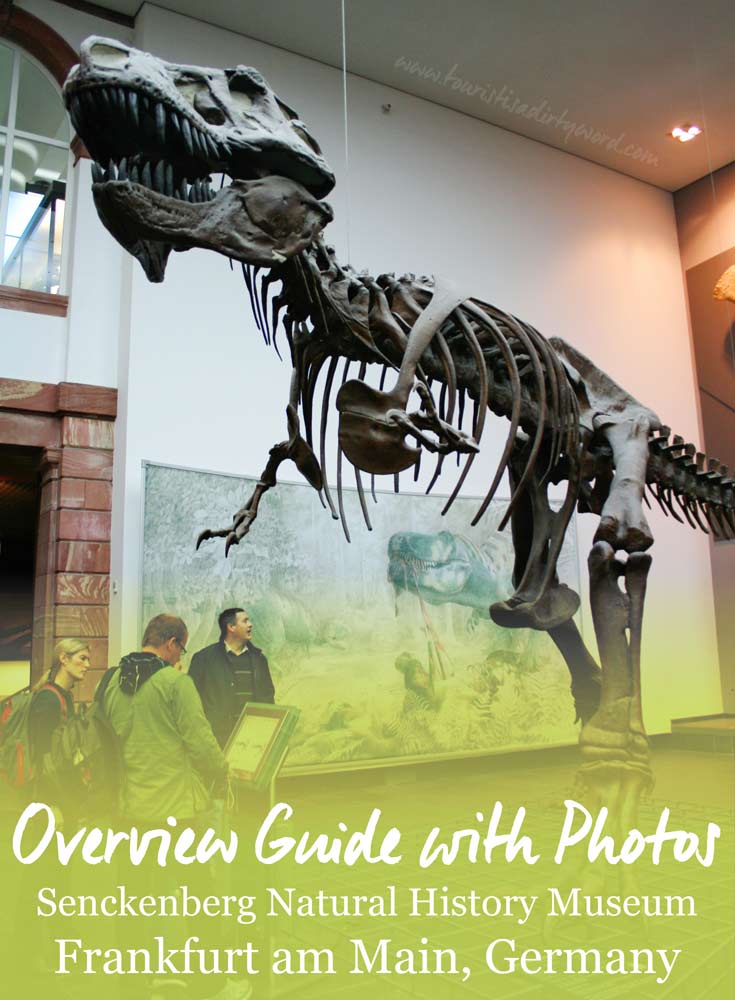
There he was, the granddaddy of all dinosaurs the T-Rex!
We had heard about dinosaurs in class, even looked at them in text books. But to stand right next to the life-size skeleton blew my mind on a class trip to the Senckenberg Natural History Museum in the 1990’s.
For more information on office hours and ticket prices, you can visit the official Senckenberg Museum website by clicking here.
Here are some photos from our trip to the Senckenberg:

Never miss a post! Sign up for free updates, once a week. Enter your favorite email address below:

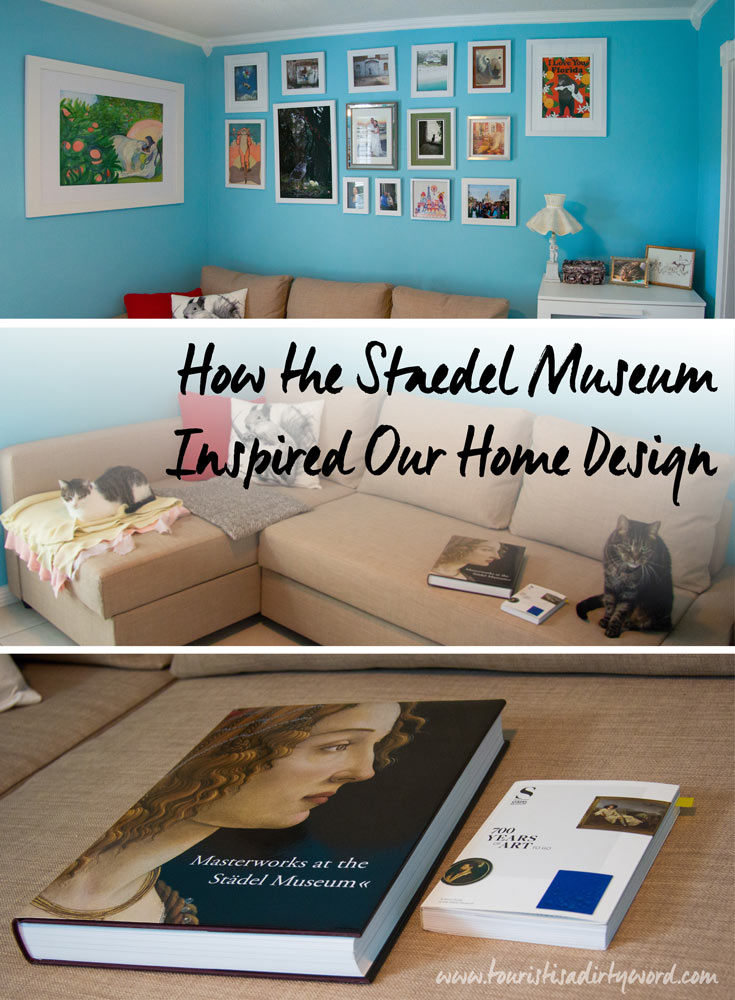
The stranger following behind me on the stairs bumped into me, but it wasn’t their fault. The wall ahead of me, the wall of a likely art hoarder than art collector, literally stopped me mid-step climbing the steps towards the Old Masters Collection. The purple wall was covered entirely, arranged in neat rows by similar sizes of seemingly one period of art, but in all sorts of forms: still lifes, landscapes, portraits, and narrative paintings. It was like a Pinterest board of Old Masters paintings come to life, and it was magnificent.
One of the many benefits of any travel is you’re exposed to new ideas and methods you’ve never seen before. Often you’re returning home renewed and inspired, and perhaps even itching to implement changes to your surroundings. I’ve made gallery walls, many, many times, but after visiting the Staedel Museum in Frankfurt am Main, Germany, I’ll never look at them the same way again.
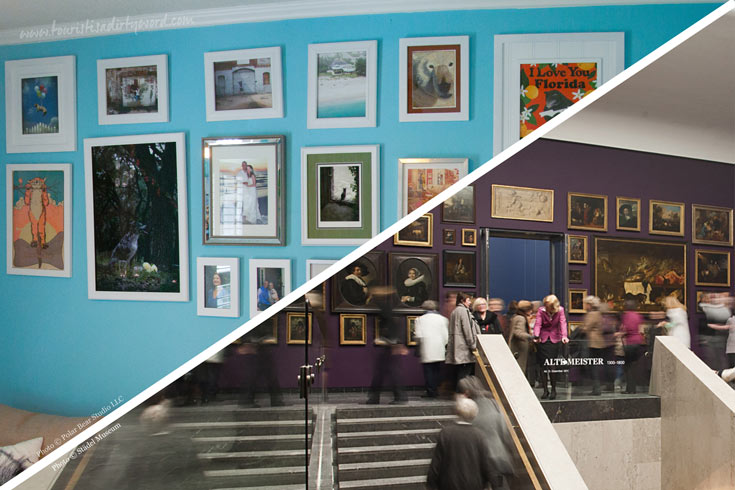
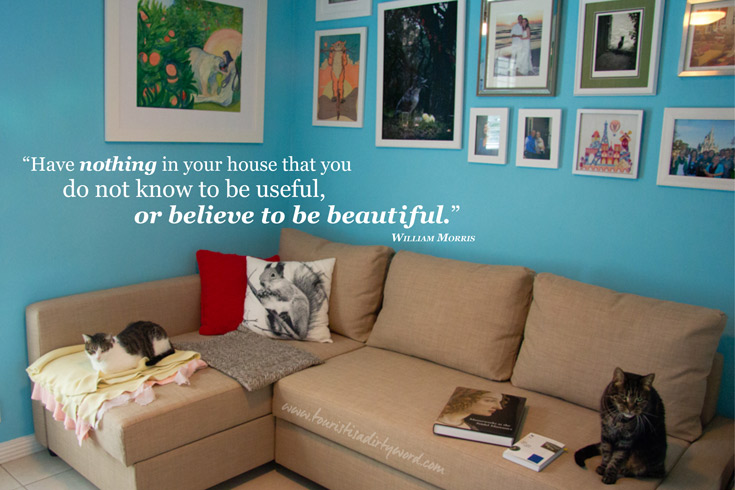
It is important that decor is always meaningful, and there isn't anything that's displayed just because it matches or just because it fills the space. Actually I enjoy that I still have space to grow the collection on the right-hand side. The benefit of the St. Petersburg Hanging Method is that you can fit more pieces than you expect.
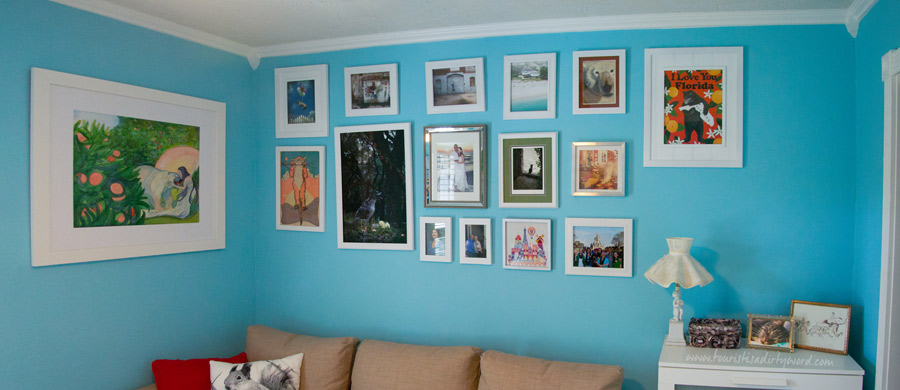
I would have not found this inspiration without visiting the Staedel Museum in Frankfurt and I have been back several times since. I hope you can make it there on your visit to Frankfurt, and when you see the purple wall leading to the Old Masters, think of me. For more ideas on what to see, eat, and do in Frankfurt, click here.
Have you ever redecorated your home after seeing something while traveling? I'd love to hear about it! Let me know in the comments below.


To experience the best ear popping, sweeping aerial views of Frankfurt, you have to go to the top of Main Tower (pronounced roughly MINE Tower). The high-rise building is named after the nearby river Main, which runs through Frankfurt's city center. All in all, Frankfurt has 19 buildings higher than 164 ft / 50 m, making it the only city in Germany with a skyline. This is why locals often refer to Frankfurt as Mainhattan, a play on the Main river and it's many skyscrapers, comparing Frankfurt to Manhattan in New York City. Although the Main Tower is not the highest skyscraper in Frankfurt, 656 ft / 200 m compared to Commerzbank Tower's 850 ft / 259 m, it is the tallest tower open to the public.
Have you been to other high-rise observation decks? Tell us about it in the comments below. If you visited the tower, share your photos via link in the comments below. We'd love to see them! The photos above are from a class trip I took.

